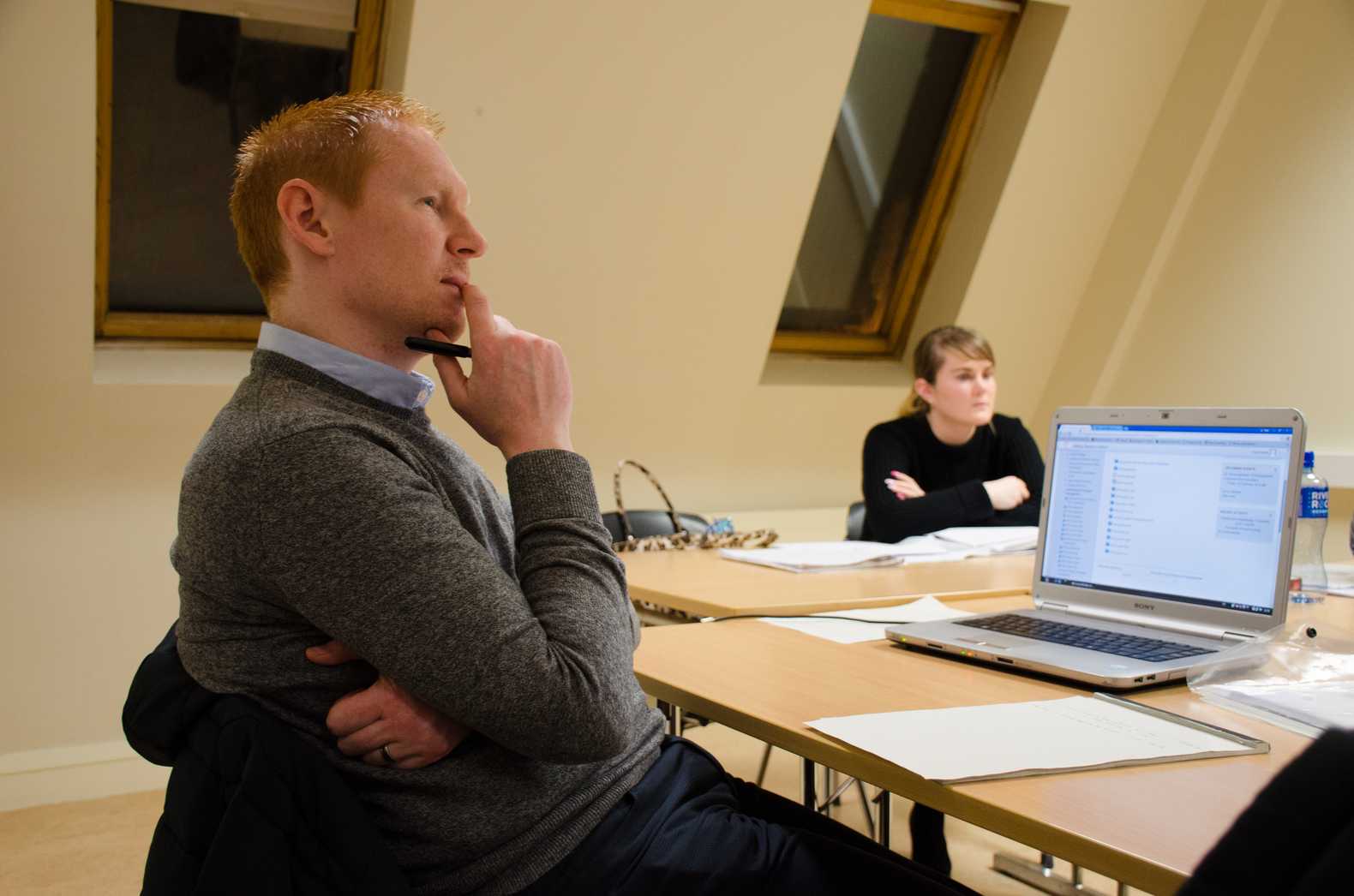The What, the Who and the How of business communications
Business Trends
The What, the Who and the How of business communications
Posted 27 April
At Galway Business School, you can take up a Certificate in Business Communications as part of the Springboard scheme, but how can smaller companies tackle the might of Big Data?
Delivering business communication is difficult. It’s competitive, there’s lots of noise and cut-through and getting audiences to pay attention and to react in the ways a company might want is tricky.
The response to these issue is often to go high-level - a ‘blue-sky strategy’ which brings with it all the irritation that such a phrase engenders as well as, more importantly, a vagueness about what actions need to be taken.
One way round it is to break the communications down into a series of questions. Once there’s clarity on this then things become a lot clearer. It may not always result in a high-minded strategy, but it will offer a clear path to results.
And it’s only three questions: What, Who and How?
WHAT
This is the bit that actually helps you clarify what you want to achieve. Sounds obvious, but it’s often kept vague unless it’s properly interrogated.
Project goals
What problem are you solving?
It helps to be specific. If the communications is being used to drive sales, then it’s unlikely to work directly - but if the communication is being used to drive brand profile which, in turn, will drive sales, then that’s the problem that’s being solved. The problem is therefore ‘low brand profile’, not low sales.
Communications goals
What are the communication goals?
By defining the problem, you can define the communications. Let’s keep with the brand profile issue - in that case, the goals are to raise awareness. That might point towards a communications campaign that uses mainstream media to put the brand in front of people, ratchet than, for example, the social media presence of a company that no-one has heard of.
Calls to action
What do you want people to do?
Generally, the final answer is often ‘spend more’, but you might be trying to drive a relationship with the brand that will, in turn, drive sales. So the calls to action (CTAs) might be to sign up for a newsletter, to follow on social media or to trial product samples.
Successful outcomes
How will you measure success?
Measuring success in communications can be tricky. You can measure audience on the brand’s web profiles (website and social) or through surveys or measure growth through the CTAs above.

Bachelor of Business (Hons) with International Business
WHO
Audience
Who do you want to reach?
The answer is never ‘everyone’. If the product is a make-up brand aimed at older women, then there’s your answer. It’s not always so obvious, but working out who actually buys the product or service is both obvious and often ignored.
Partners
Who can help?
There are always others outside the organisation who can support. Perhaps the organisation is looking to lobby for legislative change. Which other organisations support that? Which politicians? Which media?
Team roles
Which team members, and what skill sets, can get this to happen?
This is about team organisation - who is in charge of message, of content, of delivery, of stakeholder management?
Successful reaction
How will you measure what went well with partners and audiences?
This can often be anecdotal since you’re dealing with a series of reactions which may be obvious in phonecalls, meetings, likes on a social media post and do on. The chances are that, neck deep in a campaign, you’d know, but recording those reactions is key.
HOW
This is about the nitty-gritty of activity. What are you actually going to be doing all day?
Channels
What tools do you need to use?
It might be PR-led, it might be digital, it might be a new website, it might be a petition…. Make some choices.
Content
What content will get the actions you require?
Creating content is often one of the hardest bits. Much content is, like this, words, but it could be infographics, video, pictures, animation, audio ….
Opportunities and risks
Are these assets you can use and are there obstacles to anticipate?
Do you already have routes to market? A clever PR team? A top-notch website? Some great writers? And what do you lack? What will stop you? Hostile media? Clever competitors?
Successful reach
How will you measure what content and channels worked?
And again, how will you know its working? Web traffic? Column inches? Likes? Sign-ups? It should be obvious from the activity, but benchmark what’s happening at the start so that you can mark the progress.
All this isn’t everything, but it should give structure to any communications campaign. Get the answers to this lot sorted and you’re a long way down the track for some quality work.
At Galway Business School you can learn to deliver innovation through a Certificate in Business Communications programme as part of the Springboard scheme. Or browse all of the Springboard business courses we have available.
Study in the heart of Galway, Ireland
Galway Business School forges incredible learning and life experiences. Find out what GBS has to offer and book your course today!
Explore more courses Contact us
Contact us